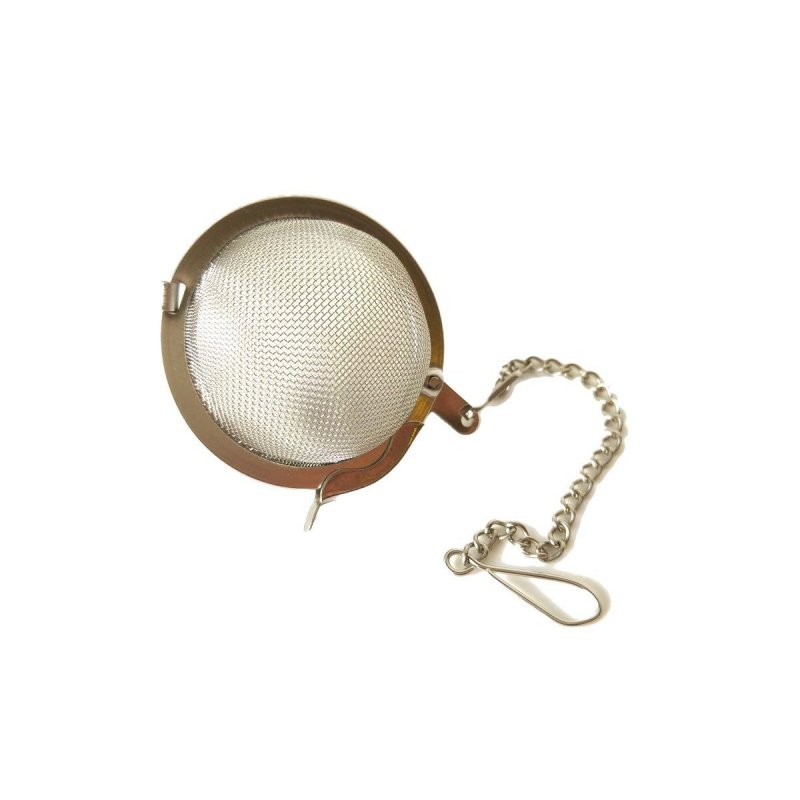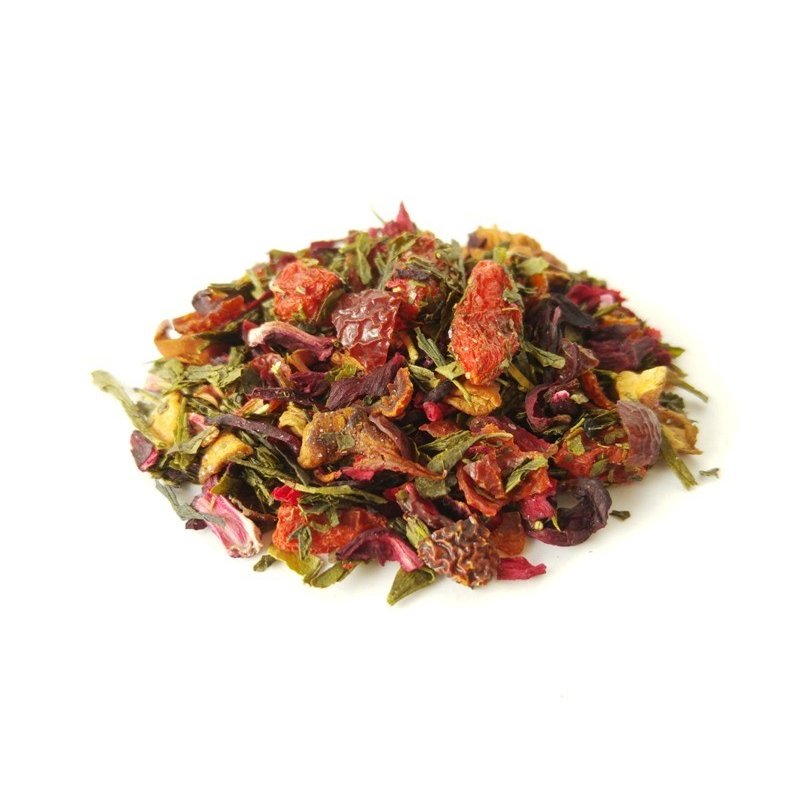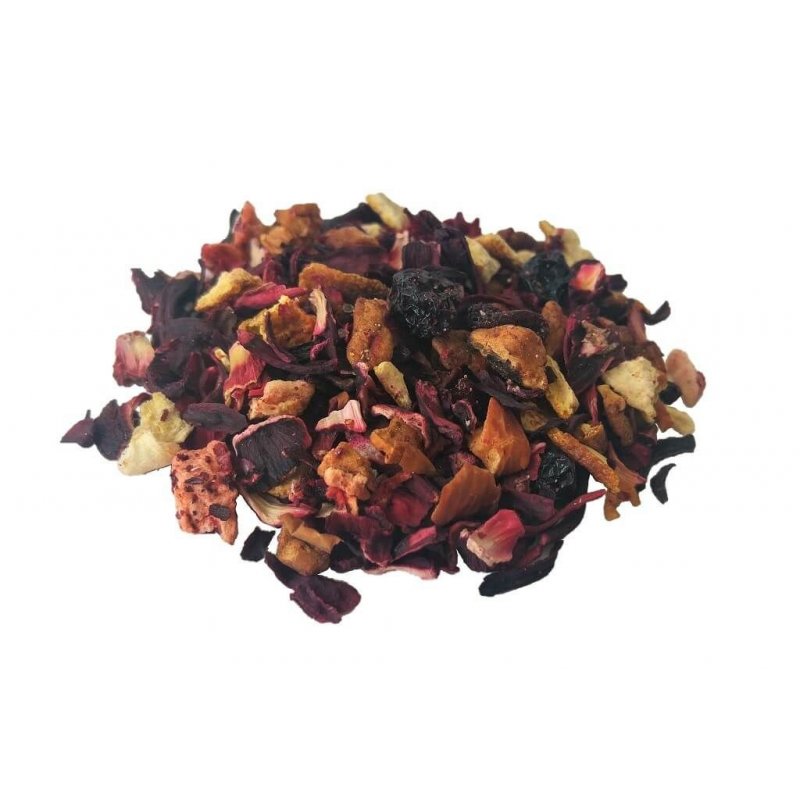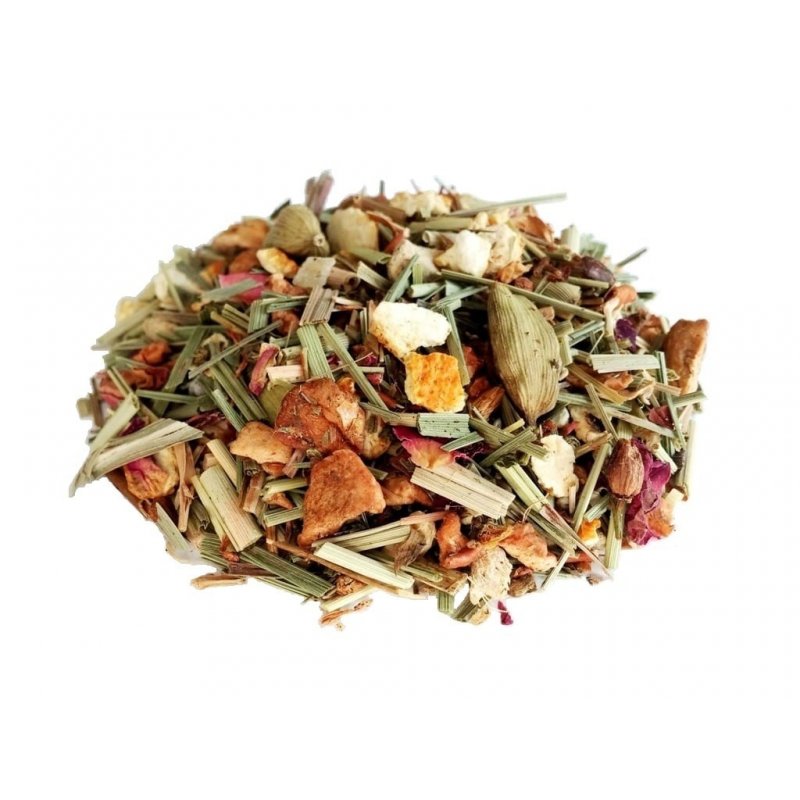Infuser for Tea - Net Ball with 4.5 cm
Infuser | Stainless steel | Filter

Fast delivery worldwide
Sent by: DHL, DPD, UPS, MRW, CTT
Infuser for Tea – Net Ball
Try our versatile and sustainable Infuser for Tea in Net Ball! Take this opportunity to purchase online this tea accessory with an excellent price-quality ratio, very useful for the preparation of teas and infusions. Besides being small and washable, this tea infuser is very durable.
This Tea Ball is the result of joining two semicircles coated with stainless steel mesh using two links affixed on one of the phases. It also has a chain and a hook to easily attach it to the edge of a tea cup or tea glass. For the preparation of tea or infusion, it is desirable to fill one side with the recommended measure.
Material: Stainless steel
Dimensions: 4,5 cm diameter
Warnings: You should avoid washing this tea infuser in the dishwasher with very high temperatures or very corrosive detergents. Also, it cannot be used in the microwave.
What is the function of a tea infuser?
The tea infuser's main function is to separate the herb from the hot water. This separation is done using a filter or tea strainer that we call an “infuser”, which promotes the transfer of the herb properties to the water, without exactly having direct contact between them. Besides being easy to use, the tea infuser adapts to any type of tea or infusion and tea accessory and can be used in cups, glasses, or tea mugs. In practice, a tea infuser has the same result as a tea bag. The difference is in the choice of material, the size of the tea accessory, and the characteristics of the herb or herbs that you will use in the infusion.
The most popular infusers are stainless steel and silicone material. This common choice is due to the strength of the materials which makes them more durable. This is an economic advantage. These two types of materials are the most requested in the preparation of loose teas since they promote the quality of the tea or infusion. Therefore, you will usually not smell or taste anything from the infuser material. If you are a fan of stainless steel infusers, prefer them with fewer or small holes so that no ingredients leak into the water during brewing.
Learn how to use a tea infuser:
1) Open the infuser and put the number of ingredients you want in the infusion;
2) Place the infuser in the tea cup or tea glass and pour hot water;
3) Wait for the recommended infusion time;
4) Remove the infuser and remove the ingredients;
5) Wash the infuser under running water without detergent and leave it to dry naturally.




 Reviews
Reviews 



